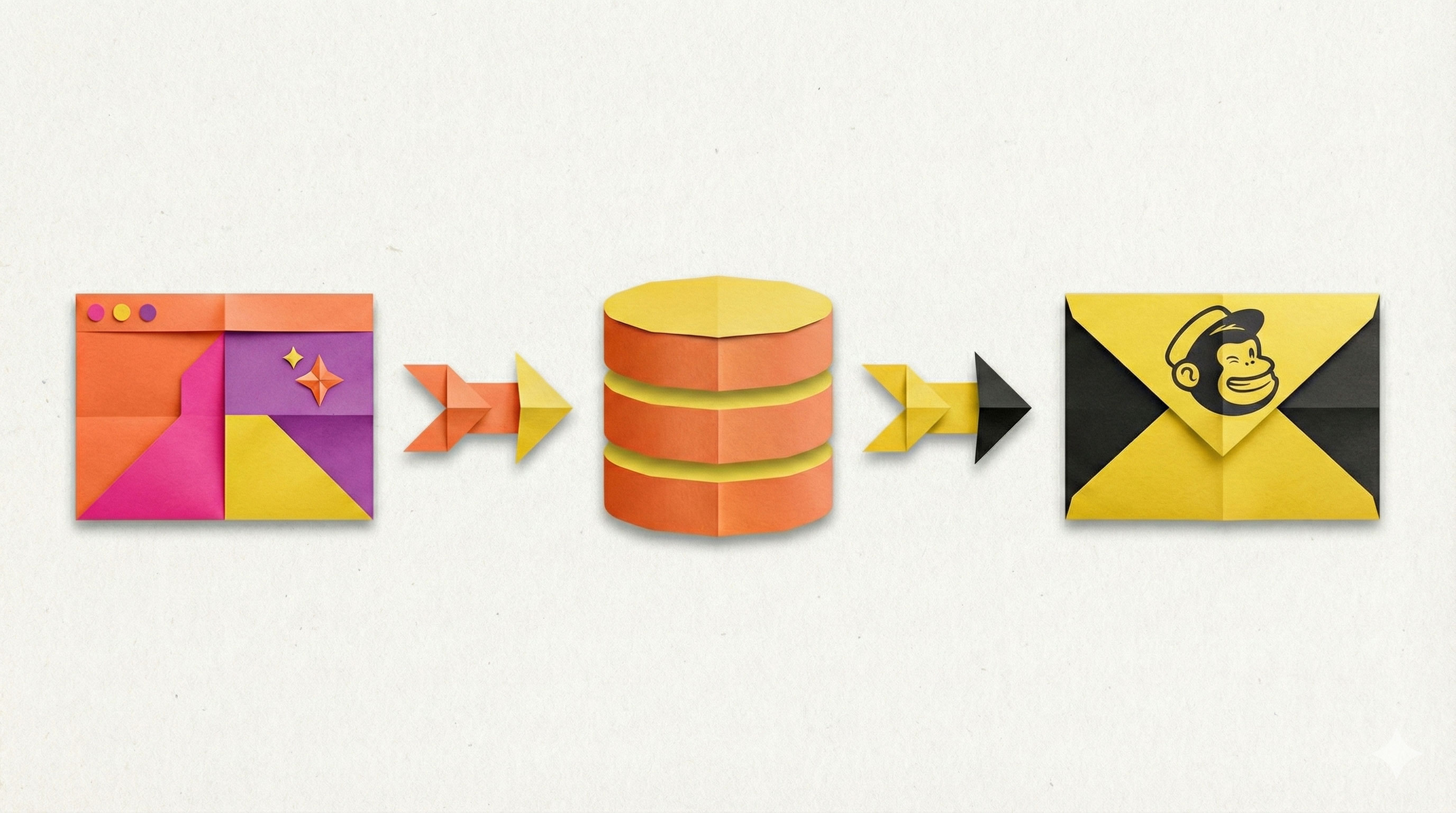Some Micro SaaS startup ideas should probably stay in the group chat. You know the kind, “Tinder for dogs,” or “Virtual pet adoption”. Cute? Maybe. Profitable? Probably not.
But here’s the thing, it’s not the bad ideas that kill your momentum. It’s more often than not the ones that feel good but haven’t been fully sanity-checked in the wild. That’s where validation comes in.
And no, we’re not talking about running a 6-month MVP sprint or begging strangers on X or Reddit for opinions.
This is how you pressure test your startup idea in 30 minutes or less. Because if it can’t survive that, it most definitely won’t survive shipping.
Step 1: Do a Skeptical Search (5 minutes)
Start with dropping your idea into Google and pretend like you’re your worst enemy!
Instead of typing “how to build an AI-powered resume assistant”, try “best resume tools 2025” or “top 5 best no code app builders of 2025”.
Here, you’re not trying to avoid competition — you’re trying to learn from it. If similar products exist, that’s actually a good sign. It means there’s a market.
- Look into what those tools do well
- Pay attention to what users are still frustrated about
That’s your opening. That’s where you can define your product.
On the flip side, if you find nothing even remotely close? That’s not a green light — it’s a warning sign. Either no one needs it, or someone tried and quietly buried it.
Step 2: Ask 3 People (10 minutes)
DM, call, or corner three people who’d actually be your users. Not your co-founder and definitely not your cousin who “loves tech.” I’m talking about real potential customers.
Ask them:
- Do you face ‘X’ problem? (problem your idea solves)
- What are you using right now to fix it?
- Would you try (your idea) instead?
That’s it. Don’t pitch. Don’t explain. Don’t defend. Just listen!
If they hesitate, zone out, or politely say “sounds cool,” you can safely bury the idea.
But if their eyes light up and they ask “Where can I try this?” — now you’ve got something worth building.
Step 3: Check for “Intent Signals” (10 minutes)
This is where you trade Google for the digital streets — the places where people stop pretending and start saying what they actually need.
- Try Reddit (
r/startups,r/solopreneurs) - Visit Product Hunt
- Scan Google Trends
- Browse Discord channels
But you’re not looking for buzz — you’re hunting for pain with intent.
Look for posts like:
- “Why isn’t there a tool that does [X]?”
- “Any hacks for doing X without spending a fortune?”
If people are venting, begging, or posting spreadsheets to solve a problem — that’s gold. Bonus points if they’re sharing half-baked solutions or upvoting ones that kind of suck. That’s your gap.
No demand? No signal. Move on.
Step 4: Do the Landing Page Test
This one might take a little longer than 30 minutes, but if you’ve still got the itch, build a one-page site.
Include:
- One clear headline
- One sentence explaining the value
- A “Get Early Access” button
Then throw it in front of a few forums like Reddit. If you can get 5–10 signups from strangers, you’re onto something. If not? Maybe park it.
Tools like JDoodle.ai make this step no-code and no-excuse.
The Takeaway
If you can’t validate a startup idea in 30 minutes, you don’t need to kill it — just put it in the garage for now. The good ones? They’ll pass the test without drama.
“Validation isn’t about proving you’re right. It’s about finding out if you’re wrong — fast enough to do something about it.”
Now go validate like you’re trail-braking into turn three. Smooth, sharp, and just enough pressure to find your traction limit.
Related Posts
View All Posts »How to Use an AI Landing Page Builder With Mailchimp Email Marketing
Learn how to build a webinar email capture landing page with JDoodle.ai, store registrations in a built in database, and sync everything to Mailchimp for automated reminders and newsletters.
17 Powerful APIs You Can Integrate with JDoodle.ai
A curated list of 17 popular APIs you can connect to JDoodle.ai using API keys and simple prompts, plus examples of exactly what to build with each.
Top 5 No-Code App Builders with a Built-In Database (2025)
If you're building a real app not just a form you need more than a spreadsheet. Here are five no-code app builders that include built-in databases so you can launch faster.





